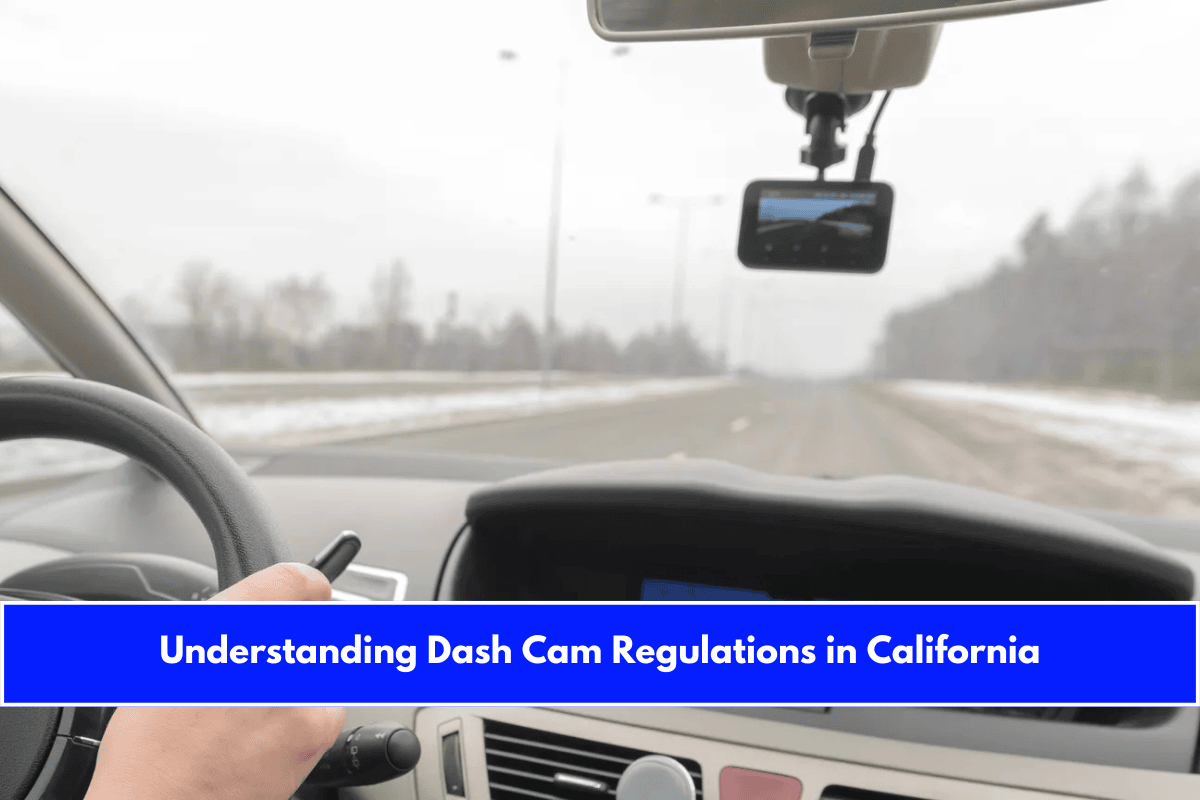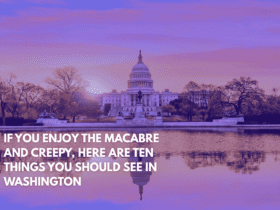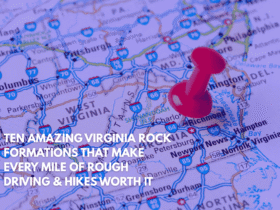Dash cams are increasingly popular among California drivers for their ability to provide crucial evidence in accidents and disputes. However, their use is subject to specific legal requirements to ensure safety and respect for privacy.
Legality of Dash Cams in California
Dash cams are legal in California for private and commercial vehicles. Their use is encouraged for promoting safe driving and providing evidence in case of accidents, but there are clear rules regarding their installation and operation.
Placement and Mounting Requirements
California Vehicle Code Section 26708 outlines strict placement rules to prevent obstruction of the driver’s view and ensure airbag deployment is not hindered. Dash cams may be mounted in the following locations:
- Lower Right-Hand Corner of the Windshield (Passenger Side): Up to 7 square inches.
- Lower Left-Hand Corner of the Windshield (Driver Side): Up to 5 square inches.
- Upper Center Portion of the Windshield: Up to 5 square inches.
- Dashboard: Permitted as long as it does not obstruct the driver’s view.
Important: The dash cam must not be installed in a way that interferes with airbag deployment. Incorrect mounting can result in fines and may render footage inadmissible in court.
Audio Recording and Privacy Laws
California is an “all-party consent” state for audio recordings. This means:
- All occupants must be informed and must consent to being recorded if the dash cam captures audio.
- For rideshare or commercial vehicles, visible signage notifying passengers of audio recording is recommended.
- Recording conversations without consent can lead to privacy violations and potential penalties, and may make the footage inadmissible in court.
Recording Time Limits
California law restricts dash cams to recording only 30 seconds before and after a triggering event, such as a crash or sudden movement. Continuous recording is not permitted beyond this window for most consumer dash cams.
Admissibility of Dash Cam Footage in Court
Dash cam footage is generally admissible in California courts if:
- It is clear, unaltered, and relevant to the case.
- It was obtained legally, without violating privacy or consent laws.
Judges may exclude footage if it is prejudicial or if privacy laws were breached, particularly regarding unauthorized audio recording.
Special Considerations for Commercial and Rideshare Drivers
- Notification: Rideshare and commercial drivers must notify passengers about dash cam use, especially if audio is recorded.
- Employer Policies: Employers using dash cams for monitoring must comply with labor and privacy regulations and maintain transparent data policies.
Enforcement and Police Access
Police officers may seize dash cam footage at an accident scene if they believe evidence may be destroyed or if it is relevant to an investigation.
Key Takeaways
- Dash cams are legal in California, but placement and consent rules are strictly enforced.
- Mount dash cams only in permitted zones and ensure they do not block your view or airbag deployment.
- Obtain consent from all vehicle occupants before recording audio.
- Limit recordings to 30 seconds before and after events to comply with state law.
- Dash cam footage is usually admissible in court if obtained legally and relevant to the case.
By following these regulations, California drivers can use dash cams effectively and legally, ensuring both safety and privacy are upheld.
Sources:
- https://www.ddpai.com/blog/dash-cam-laws/
- https://www.injury-attorneys.com/sacramento-car-accident-lawyers/california-dash-cam-laws/
- https://www.reddit.com/r/legaladviceofftopic/comments/1jzt8e9/how_does_two_party_consent_laws_work_for_dash/
- https://michaelhendersonlaw.com/legal-placement-dashcam-california/
- https://www.casebarnettlaw.com/blog/can-i-use-dash-cam-footage-as-evidence-in-civil-court.cfm











Leave a Reply